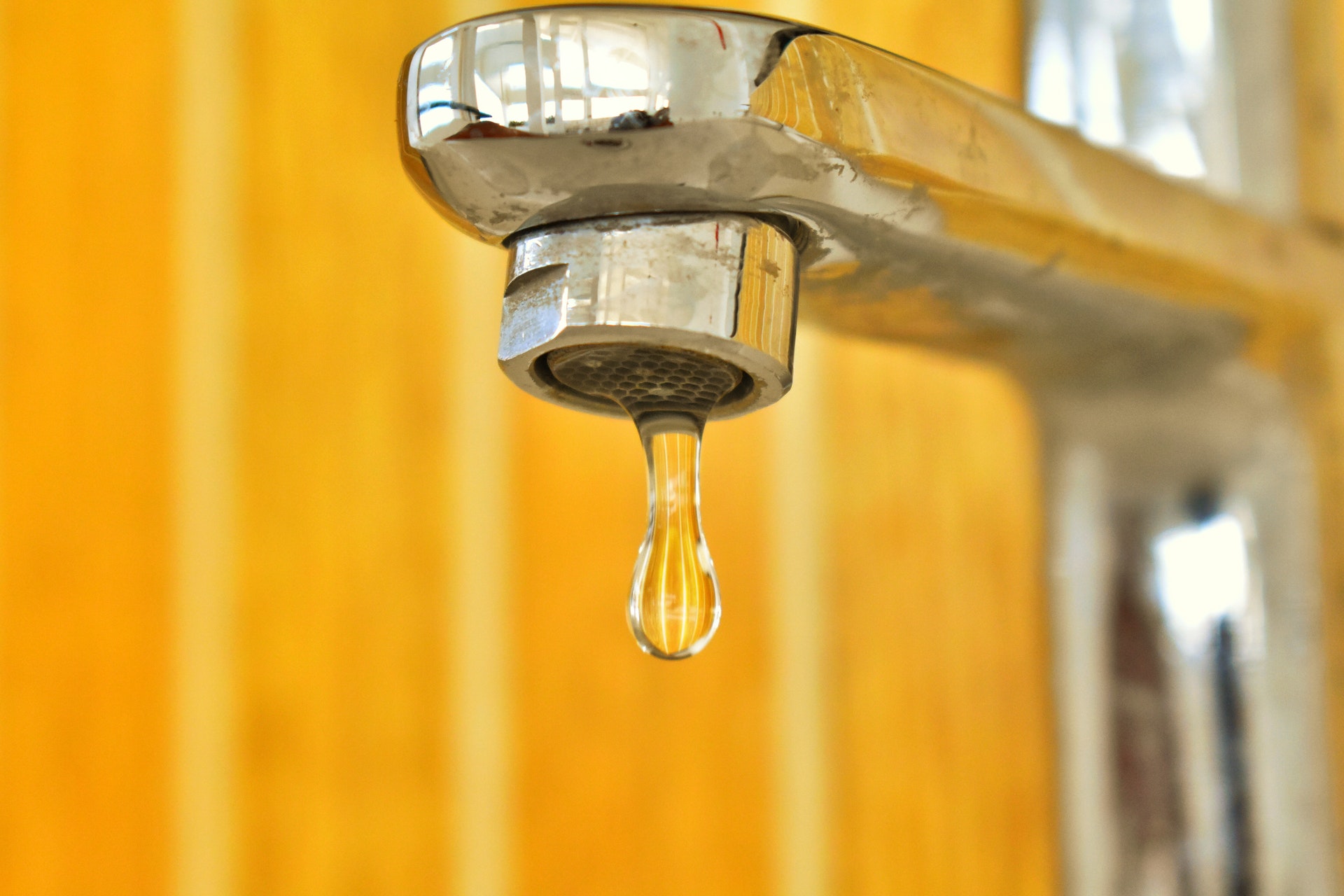Landlord Blog
Education and news for smart DIY landlords!
8 Signs That a Flipped House Is a Fail

Flipping houses is a great real estate investment strategy for sellers. One can buy a property and quickly sell it for profit. However, it doesn’t always end well on the buyers’ sides as some flippers are only interested in money and not the satisfaction of the people buying their homes.
With that said, let’s discuss what house flipping is, the pros and cons of buying flipped property, and signs you should look out for to avoid buying a botched one.
What Is House Flipping?
House flipping is the real estate investment strategy that involves buying a cheap or run-down house and making renovations, repairs, and or improvements before selling it at a higher price. It’s one of the most lucrative businesses with an average of $30,000 in profit for every transaction and a 3% fail rate.
Should You Buy a Flipped House?

One good reason for buying a flipped home is that they’re renovated or upgraded with the latest building materials and appliances. When a flipped home is done right, it could be as durable as a newly built house.
Yet, there are also risks to buying a flipped home. That includes finding out that major structural damage was well covered and the flipper didn’t follow the rules, regulations, and standards set by local authorities regarding renovations — which all would present great life-threatening risks and homeownership problems in the future.
Buyer, Watch Out for These 8 Signs That a Flipped House Is a Fail
1. Butted up flooring
The proper way of installing floors is to remove base moldings and trim off door jambs before laying the tiles beneath them. If this isn’t done, the floor corners would look awkward. Not to mention the tiles will slide or tear off in the future. Bad flooring is also a sign of plumbing and electrical flaws.
2. Poor kitchen workmanship
Look for gaps in the kitchen countertops and cabinets to the wall. These are red flags that the installation wasn’t done well and would fall apart sooner.
3. Hazardous electrical wiring
If you don’t have any knowledge regarding electrical wirings and don’t have someone who does as you tour a flipped home, remember this: The more outlets a home has, the more circuit breakers its panel should have. And don’t forget to check the wirings and outlets if they’re modern. Old ones are more likely to cause a fire.
4. Faulty HVACs

HVAC is essential for comfortable living. However, despite having modern units, some contractors will install pipes and cables shoddily due to budget cuts set by the house flipper. At times, they will also be damaged due to construction. Make sure to check between walls and crawl spaces. Better yet, call technicians for your HVAC unit for a professional inspection.
5. Doors that don’t work as they should
If the doors of the house you’re eyeing won’t close smoothly, open and close by themselves, or fail to latch securely, that means they were installed in a rush and so are the other parts of the home.
6. Mismatched metals
House flippers are known to choose price over appearance. As Tyler Karu, interior designer/house flipper and founder of Landing Design & Development said, “A lot of times, what you see in a flip is, people were able to get hardware on sale and lighting on sale and plumbing fixtures on sale, and none of it matches. But they don’t care because it was all purchased on sale.”
This often results in substandard housing essentials that will likely break down within a year of frequent use.
7. Old and damaged insulation
In addition to checking the space between the walls for the HVAC system’s working condition, you should also check the insulation. You don’t want to wonder why it’s so chilly in the winter even when you haven’t left your home. Some house flippers are confident that these areas won’t be inspected especially if the exteriors are well finished.
8. Plumbing problems

The easiest way to spot shoddy plumbing is by opening the main valve during the day of your home tour and turning on at least 4 faucets separately. If you see or smell something that shouldn't be in the water, the pipe is likely to be rusty or connected badly.
If everything is okay, then close all the faucets and look for leaks. No matter how well the walls or ceilings are finished by the flipped house’s contractor, the leaks will eventually show you where they are in the form of peculiar dampness.
Not everyone is an experienced home buyer. So if this is your first time purchasing a house, we suggest that you hire a home inspector to check the property thoroughly. Don’t waste thousands of dollars on a property that will cause you a headache and financial problems in the future. And certainly, avoid buying a flipped house that would endanger you and your family’s life.
Read more home buying tips here!
